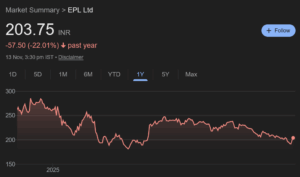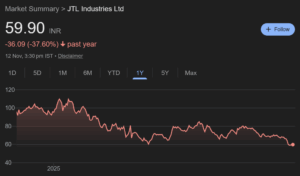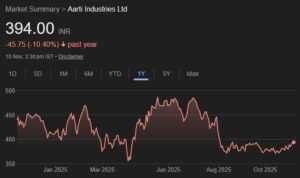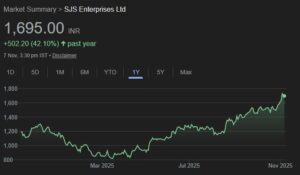
What was surprising was that the loss came despite lower crude oil costs. What really caused the loss was the freeze in the prices of diesel, kerosene and cooking gas. Also, the steep depreciation of the rupee neutralized whatever little benefit the fall in the crude oil prices had provided. Apart from high interest cost of Rs. 1,849 crores, IOC suffered a foreign exchange loss of Rs.3,187 crore and an inventory loss of Rs.4,062 crore.
The basiz probklem with IOC is that while it has to buy crude at market prices (subject to some subsidy that it gets from ONGC & Oil India), it has to sell the refined products like petrol and kerosene at controlled prices, which are not enough for it to recover its’ costs. While technically, the government freed pricing of petrol in June 2010, it is the unwritten rule that prices cannot be increased without the permission of the Ministry given the politically sensitive nature of the issue. The result is that IOC incurs a loss of about.1.37 per litre on petrol.
IOC was in good company because even Hindustan Petroleum Corp Ltd reported a quarterly loss of.9,249 crore.
The further problem in the sector is that the benchmark Brent oil prices have risen from $97.8 per barrel in the June quarter to around $112 a barrel to date.
The only solution is the raising of petrol, diesel, cooking gas (LPG) & kerosene prices. However, this is easier said than done given the severe political fallout that it will cause.





